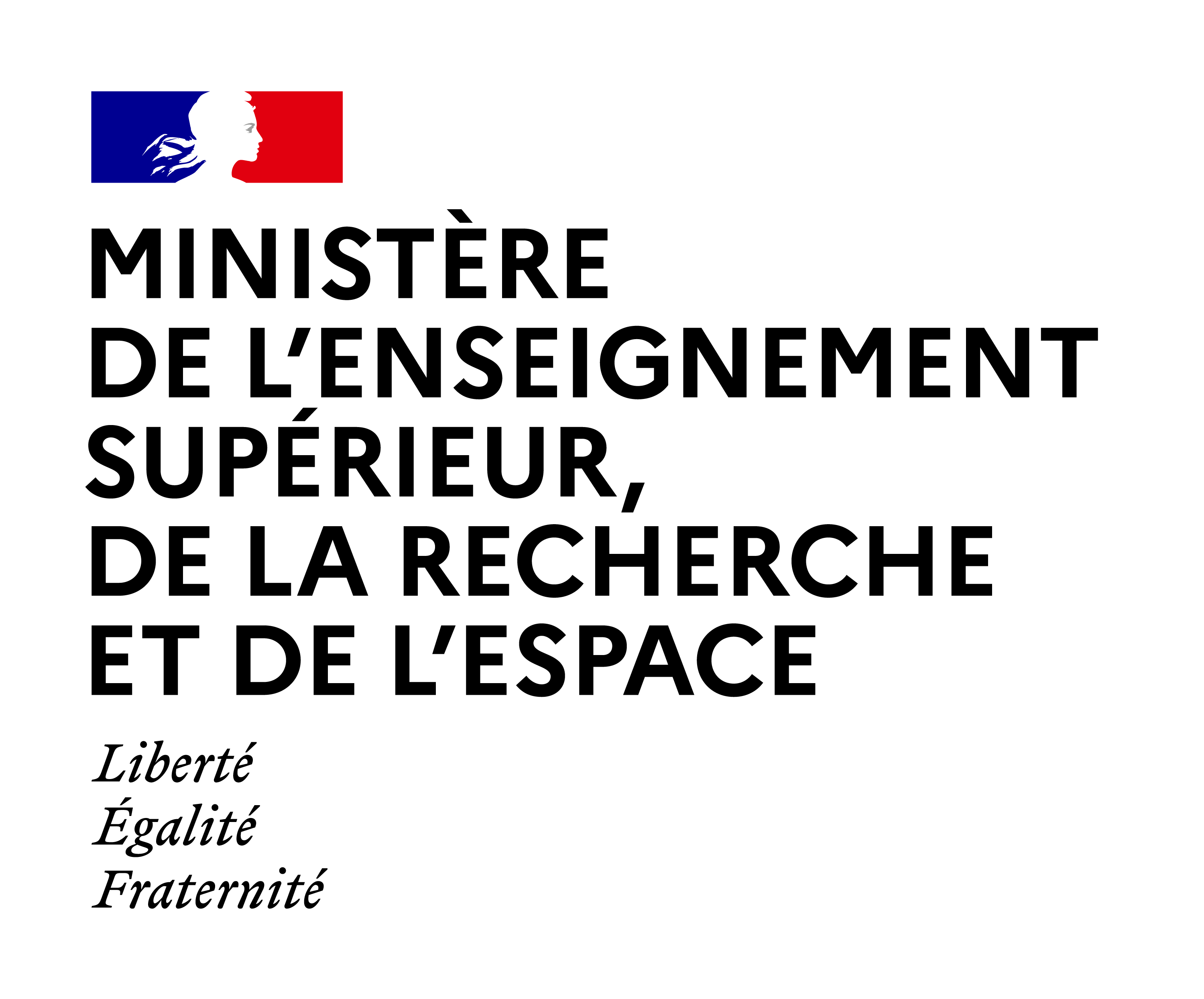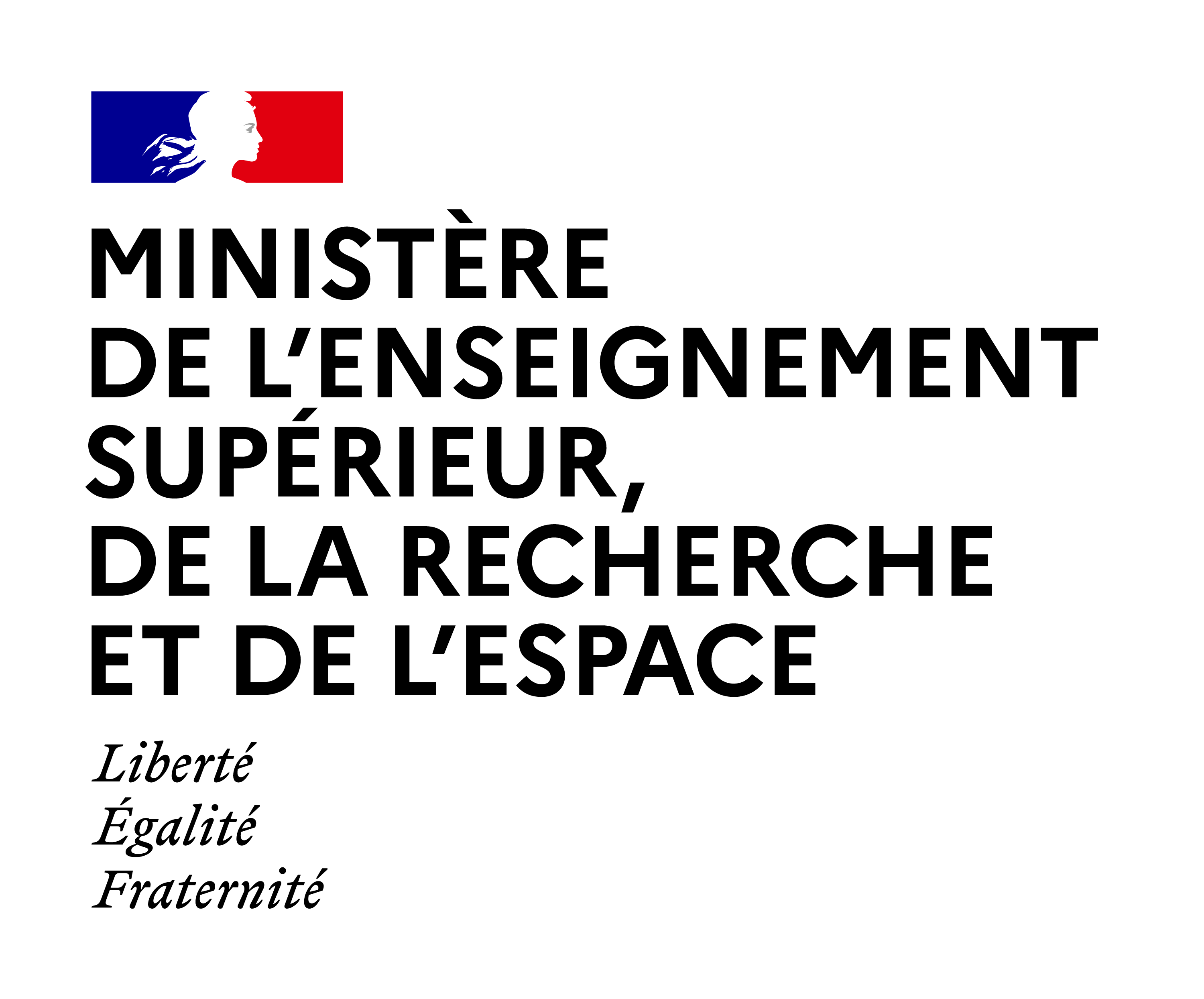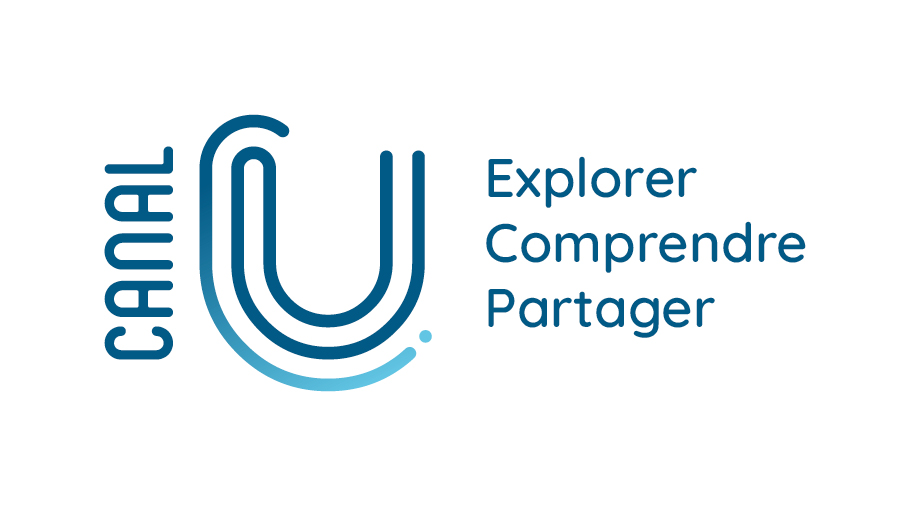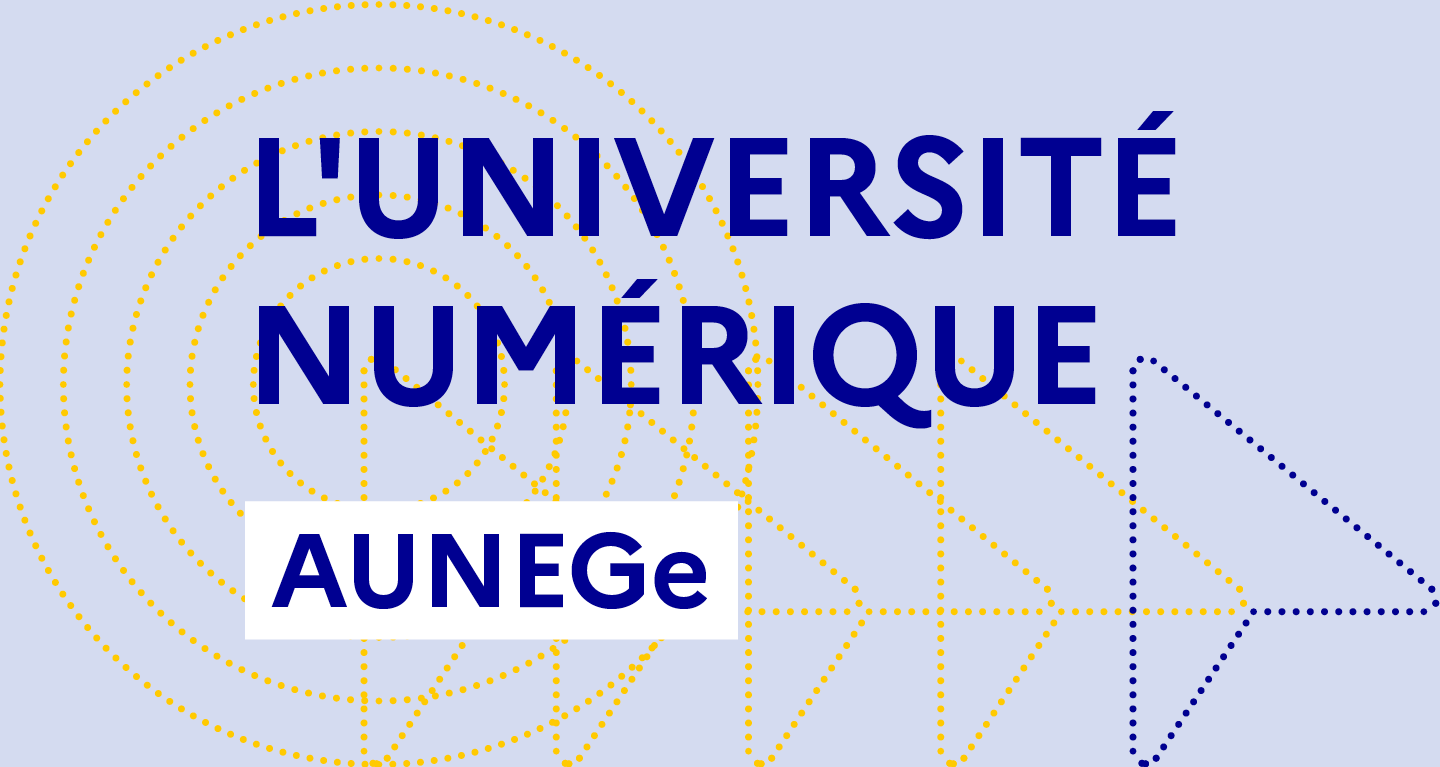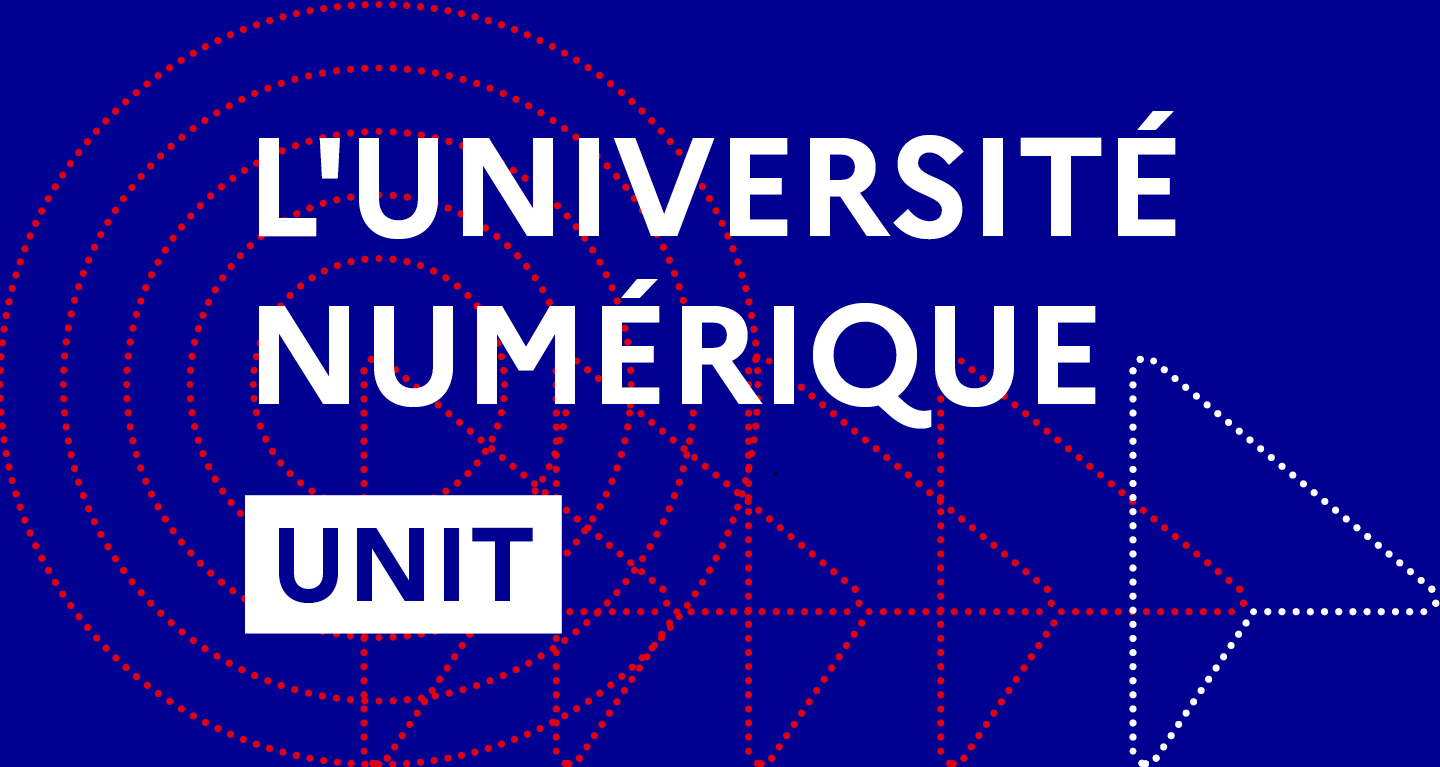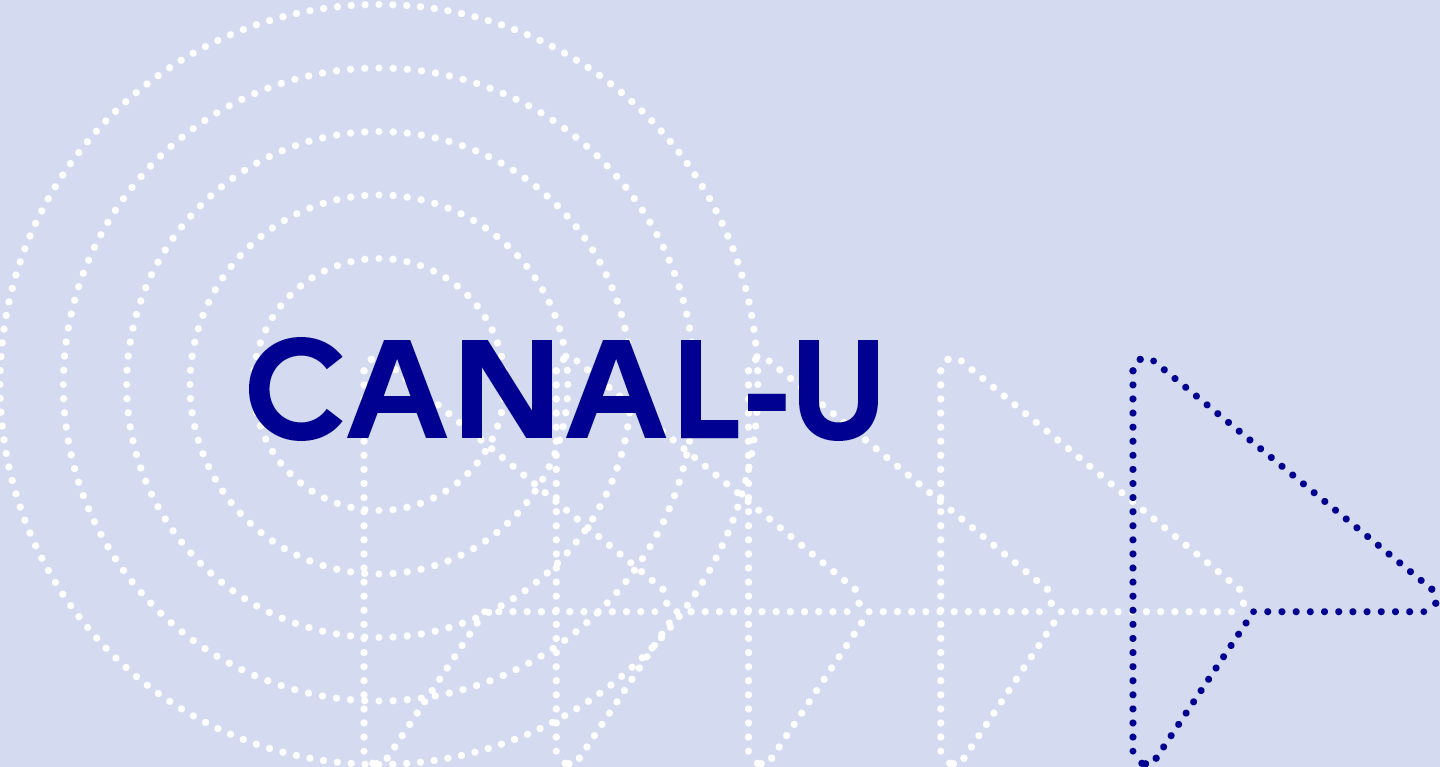
Sommaire
Resolving Entities in the Web of Data
Date de création :
05.11.2015Auteur(s) :
Vassilis ChristophidesPrésentation
Informations pratiques
Droits réservés à l'éditeur et aux auteurs. © Inria Paris - Rocquencourt
Description de la ressource
Résumé
Over the past decade, numerous knowledge bases (KBs) have been built to power a new generation of Web applications that provide entity-centric search and recommendation services. These KBs offer comprehensive, machine-readable descriptions of a large variety of real-world entities (e.g., persons, places, products, events) published on the Web as Linked Data (LD). Even when derived from the same data source (e.g., a Wikipedia entry), KBs such as DBpedia, YAGO2, or Freebase may provide multiple, non-identical descriptions for the same real-world entities. This is due to the different information extraction tools and curation policies employed by KBs, resulting to complementary and sometimes conflicting entity descriptions. Entity resolution (ER) aims to identify different descriptions that refer to the same real-world entity, and emerges as a central data-processing task for an entity-centric organization of Web data. ER is needed to enrich interlinking of data elements describing entities, even by third-parties, so that the Web of data can be accessed by machines as a global data space using standard languages, such as SPARQL. ER can also facilitate an automated KB construction by integrating entity descriptions from legacy KBs with Web content published as HTML documents. ER has attracted significant attention from many researchers in information systems, database and machine-learning communities. The objective of this lecture is to present the new ER challenges stemming from the Web openness in describing, by an unbounded number of KBs, a multitude of entity types across domains, as well as the high heterogeneity (semantic and structural) of descriptions, even for the same types of entities. The scale, diversity and graph structuring of entity descriptions published according to the LD paradigm challenge the core ER tasks, namely, (i) how descriptions can be effectively compared for similarity and (ii) how resolution algorithms can efficiently filter the candidate pairs of descriptions that need to be compared. In a multi-type and large-scale entity resolution, we need to examine whether two entity descriptions are somehow (or near) similar without resorting to domain- specific similarity functions and/or mapping rules. Furthermore, the resolution of some entity descriptions might influence the resolution of other neighbourhood descriptions. This setting clearly goes beyond deduplication (or record linkage) of collections of descriptions usually referring to a single entity type that slightly differ only in their attribute values. It essentially requires leveraging similarity of descriptions both on their content and structure. It also forces us to revisit traditional ER workfows consisting of separate indexing (for pruning the number of candidate pairs) and matching (for resolving entity descriptions) phases. In this talk we intend to provide a starting point for researchers, students and developers who are interested in a global view of the ER problem in the Web of data.
"Domaine(s)" et indice(s) Dewey
- Internet, World Wide Web en tant que systèmes de recherche et stockage d'information (025.042)
Domaine(s)
- 025.042
Intervenants, édition et diffusion
Intervenants
Diffusion
Document(s) annexe(s)
- Cette ressource fait partie de
Fiche technique
- LOMv1.0
- LOMFRv1.0
- Voir la fiche XML
